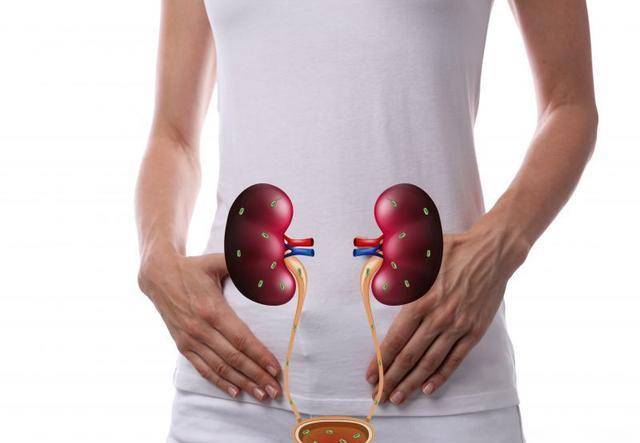Incontinence refers to the inability to control urination consciously, leading to the involuntary flow of urine. Incontinence is a common symptom of urinary disorders and is an expression of bladder storage dysfunction. Furthermore, incontinence is not a standalone condition but rather a result of certain diseases affecting urinary and bladder functions in the body. The symptoms of incontinence can occur in patients of any age group, with the elderly being more commonly affected.
What causes incontinence in women?
Female incontinence is a very common disease that can be classified into several types. The most common is stress incontinence, which can be treated through surgery or medication. For women, there are also urgency incontinence, mixed incontinence, and true incontinence.
True incontinence occurs when the urethral sphincter muscle deteriorates completely, causing urine to flow freely from the body. This is a rare condition and is usually caused by foreign factors or trauma.
The other two types, stress incontinence and urgency incontinence, are very common in women. Particularly in middle-aged and elderly women, due to the atrophy of pelvic floor muscles and urethral mucosa, the control valve for urine weakens gradually. This can result in involuntary urine leakage during activities such as coughing, lifting heavy objects, climbing stairs, or exercising, known as stress incontinence.
Mixed incontinence combines urgency incontinence with stress incontinence. Urgency incontinence is usually treated first, followed by surgical treatment for stress incontinence once urgency incontinence is managed.
How is female incontinence treated?
The most common type of incontinence in middle-aged women is stress incontinence, which can be classified as mild, moderate, or severe. Mild stress incontinence can often be resolved through pelvic floor muscle training. For moderate to severe stress incontinence, a mid-urethral sling surgery can be considered to provide additional support to the urethra and improve urine control, thus alleviating symptoms of stress incontinence.
Another type of incontinence is urgency incontinence, which is mainly caused by an unstable detrusor muscle in the bladder, leading to uncontrollable urination during urgent situations. A mid-urethral sling surgery can help stabilize the urethra and alleviate symptoms. Urgency incontinence may result from bladder function disorders, where the unstable contraction of the bladder muscles causes the detrusor muscle to contract inconsistently. This condition can generally be relieved with muscarinic receptor antagonists.


